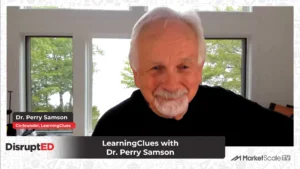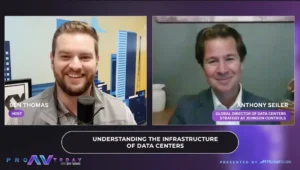GOING BACK TO SCHOOL WITH THE PLUGGED-IN STUDENT
College and university campuses operate very much like a self-contained community. In a “plugged-in” world where technology has the attention of so many individuals, this can cause a disconnect. Digital communications provide a way to integrate technology into campuses, making them a better place to live, learn, and collaborate.
While most campuses have established channels of communication in place, these methods aren’t always as useful as they could be when it comes to broadcasting campus-wide messages. Digital communications have been proven to be a highly effective messaging tool in many settings, including higher education.
Today, institutions across the globe are employing this versatile approach to better interact with the plugged-in student. In fact, according to Digital Signage Today, about 70% of colleges use digital communications systems somewhere on campus.[1]
HOW UNIVERSITIES USE DIGITAL COMMUNICATIONS TO CONNECT
Modern students readily embrace technology, and there are many digital communication applications universities can leverage to provide an enhanced on-campus and classroom experience:
- Promote events – Digital communications provide significantly better recall than static paper signage, is eco-friendlier, and can include interactive information like hashtags or text codes to pique student interest.
- Celebrate achievements – Highlighting a university’s accomplishments via digital displays, both scholastically and athletically, inspires students, faculty, and campus employees alike.
- Generate revenue – Digital communications provide colleges with a revenue generating opportunity—selling display ad time. Not only can ad time revenue be used to offset digital communication outlay costs, it can also be particularly beneficial when budgets get tight.
- Display menu boards – Using digital communications to display menus in college restaurants enables schools to easily update pricing and menu items. These displays can also provide caloric or other nutritional information the connected student might otherwise seek online.
- Communicate on their terms – Students expect information to be readily available, not something they must seek out. For example, digital communications can provide students, faculty and visitors real-time information on the number of spots available in a parking lot. Alternatively, digital communications can provide real-time transit information, news, weather, and any number important updates on any type of screen.
- Solve space problems – Many students waste precious time trying to find somewhere to study in the library. Real-time digital communication can immediately notify students where rooms and study spaces exist.
- Enhance safety – Campuses typically use sirens or send out text messages when an emergency occurs. Adding digital communications to an emergency plan means that more eyes will see urgent information and react accordingly.
- Offer better wayfinding – It’s easy to get lost on campus or not know the room number of a specific class. Touchscreens at each building can deliver information quickly and efficiently.
Executed well, a university’s digital campaign can completely transform a campus. Signs point to dynamic digital communication as the future of campus interaction. Central to any digital communications installation, however, is the software that runs the system. It should be flexible, scalable, and easy-to-use.
Read more at omnivex.com









